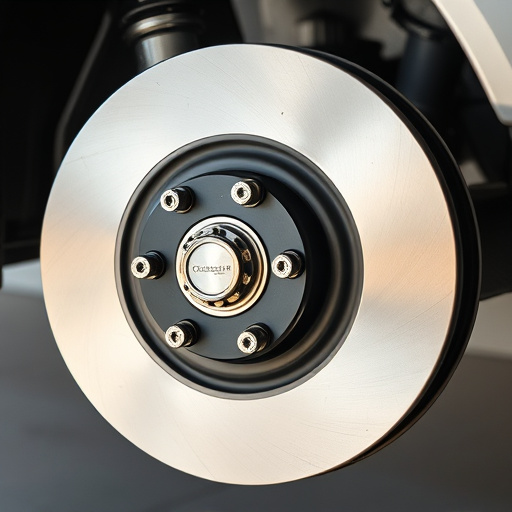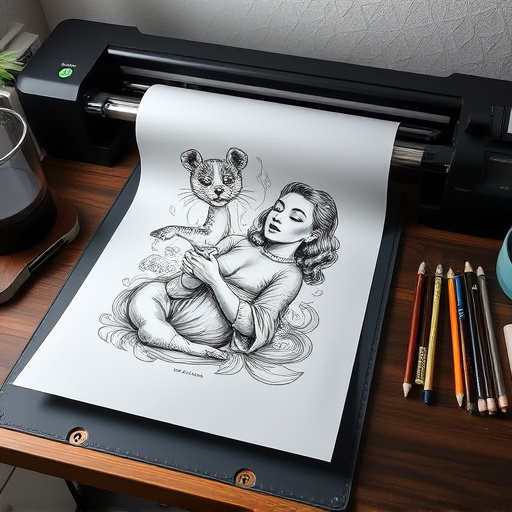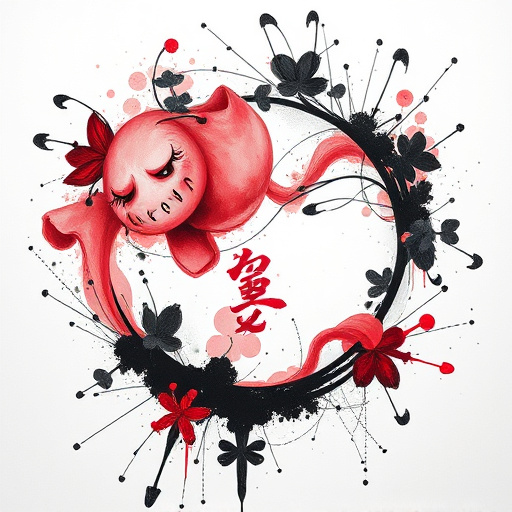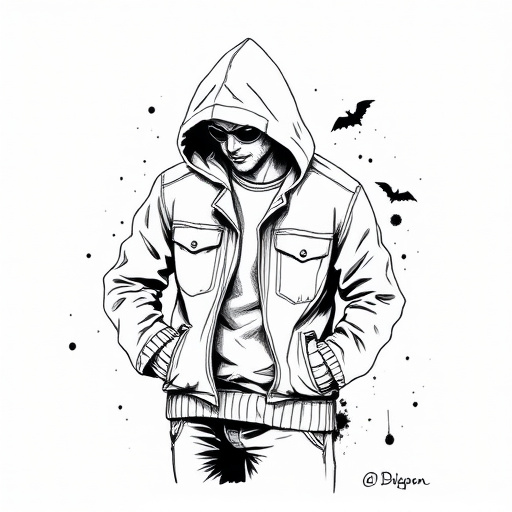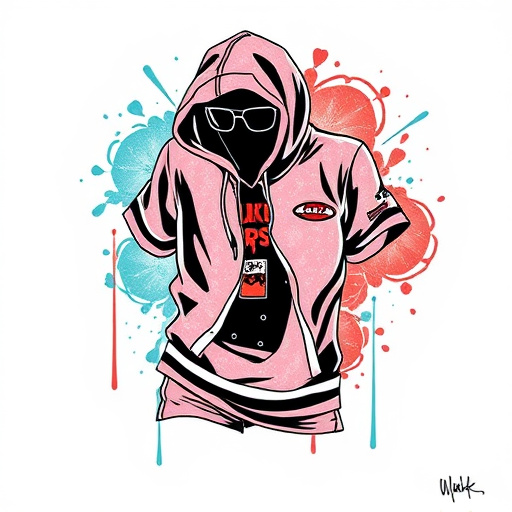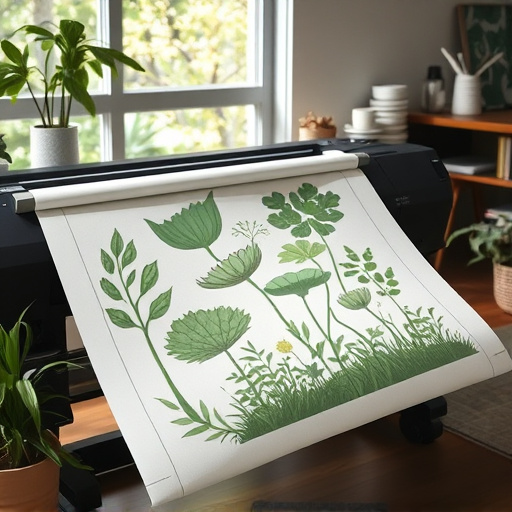Standardization and specialized software streamline DTF Rush Orders, reducing turnaround times while maintaining quality. This guide covers design to printing, ensuring accuracy with vector graphics, fabric selection, heat pressing techniques, quality control checks, and efficient packaging/shipment. DTF orders offer a competitive edge in the apparel industry by delivering custom designs swiftly, challenging businesses to balance speed and precision using advanced equipment.
In today’s fast-paced world, meeting tight deadlines without compromising quality is a game-changer for businesses. This is where DTF (Direct To Final) rush orders come into play, offering an efficient solution for quick production turns. Our article explores the art of optimizing speed and precision in DTF rush order workflows. From unearthing efficiency secrets to providing a comprehensive guide on streamlining production, we delve into the benefits and challenges, ensuring you’re equipped to navigate this high-pressure process successfully.
- Unlocking Efficiency: DTF Rush Order Secrets
- Streamlining Production: A Step-by-Step Guide
- Benefits and Challenges: Balancing Speed and Quality
Unlocking Efficiency: DTF Rush Order Secrets
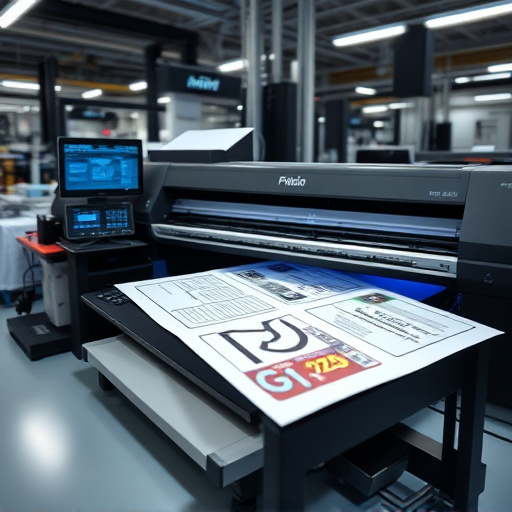
In the realm of DTF (Direct to Fabric) rush orders, efficiency is key. Unlocking the secrets to streamlined workflows involves a blend of strategic planning and innovative techniques. One of the primary drivers of success is standardization. By establishing consistent processes for handling custom DTF transfers, from design to dtf printing and subsequent heat pressing onto garments, businesses can significantly reduce turnaround times without compromising precision.
Additionally, leveraging specialized software designed for custom sheets for heat pressing designs further enhances efficiency. These tools automate crucial steps, ensuring that every transfer is perfectly aligned and applied, even under tight deadlines. The result? A rush order workflow that combines speed with meticulous precision, delivering high-quality custom garments on demand, without the usual headaches associated with time-sensitive projects.
Streamlining Production: A Step-by-Step Guide
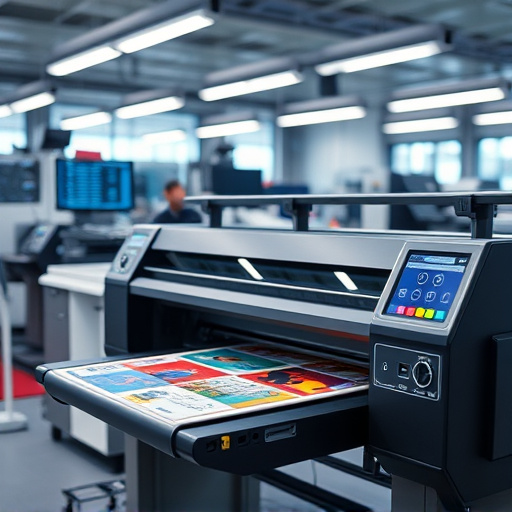
In the realm of DTF (Direct to Fabric) rush orders, streamlining production is key to meeting tight deadlines while maintaining exceptional quality. Here’s a step-by-step guide to help you navigate this efficient workflow:
1. Design Finalization: Start by ensuring your design is ready for printing. Use vector graphics and check for any potential issues like resolution, colors, or line work. A well-prepared design will result in a more accurate print.
2. Choose the Right Substrates: Select suitable fabrics for DTF printing. This could range from t-shirts to mugs, depending on your order. The right substrate ensures better adhesion and longevity of the printed design. Consider factors like material, texture, and moisture content when choosing.
3. Setup Your DTF Printing Station: Equip yourself with the necessary tools: a heat press or cold peel DTF transfer machine, printing software, and fabric samples for testing. Calibrate your equipment to ensure consistent results across batches.
4. Print and Apply Transfers: Using your chosen method (heat press or cold peel), apply the DTF transfers precisely onto the selected substrates. Follow manufacturer guidelines for temperature and pressure settings to achieve optimal adhesion.
5. Quality Control: After application, inspect each piece for any print defects or misalignments. Address any issues promptly to maintain high-quality standards. This step is crucial in ensuring customer satisfaction.
6. Packaging and Shipment: Once satisfied with the results, package the items securely for shipping. Maintain proper inventory management to avoid delays and ensure timely delivery of rush orders.
Benefits and Challenges: Balancing Speed and Quality
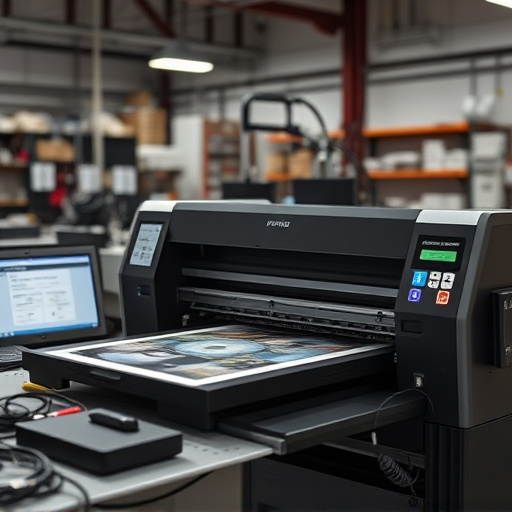
DTF (Direct to Fabric) rush orders offer a unique advantage in the apparel industry by combining speed and precision. This efficient workflow allows businesses to deliver custom graphic tees or any fabric-based product at an unprecedented pace, catering to customers’ demands for quick turnaround times. However, balancing this speed with maintaining quality is a delicate tightrope walk.
The challenge lies in ensuring that the rush does not compromise the integrity of the final product. High-speed printing techniques, while faster, may require meticulous attention to detail to prevent errors or inconsistencies. Skilled technicians and advanced machinery play a pivotal role in managing this balance. By employing top-tier dtf printing equipment and maintaining rigorous quality control measures, businesses can offer DTF rush orders without sacrificing the precision required for custom designs on fabric, be it for t-shirts or other merchandise.
In conclusion, DTF Rush Orders represent a powerful strategy for businesses aiming to balance speed and precision in their production workflows. By unlocking efficient processes, streamlining steps, and addressing challenges head-on, companies can harness the full potential of this approach. The benefits are clear: faster turnaround times, enhanced customer satisfaction, and a competitive edge. However, maintaining quality while accelerating production requires careful consideration and ongoing optimization, ensuring that speed never compromises precision in DTF Rush Order workflows.




